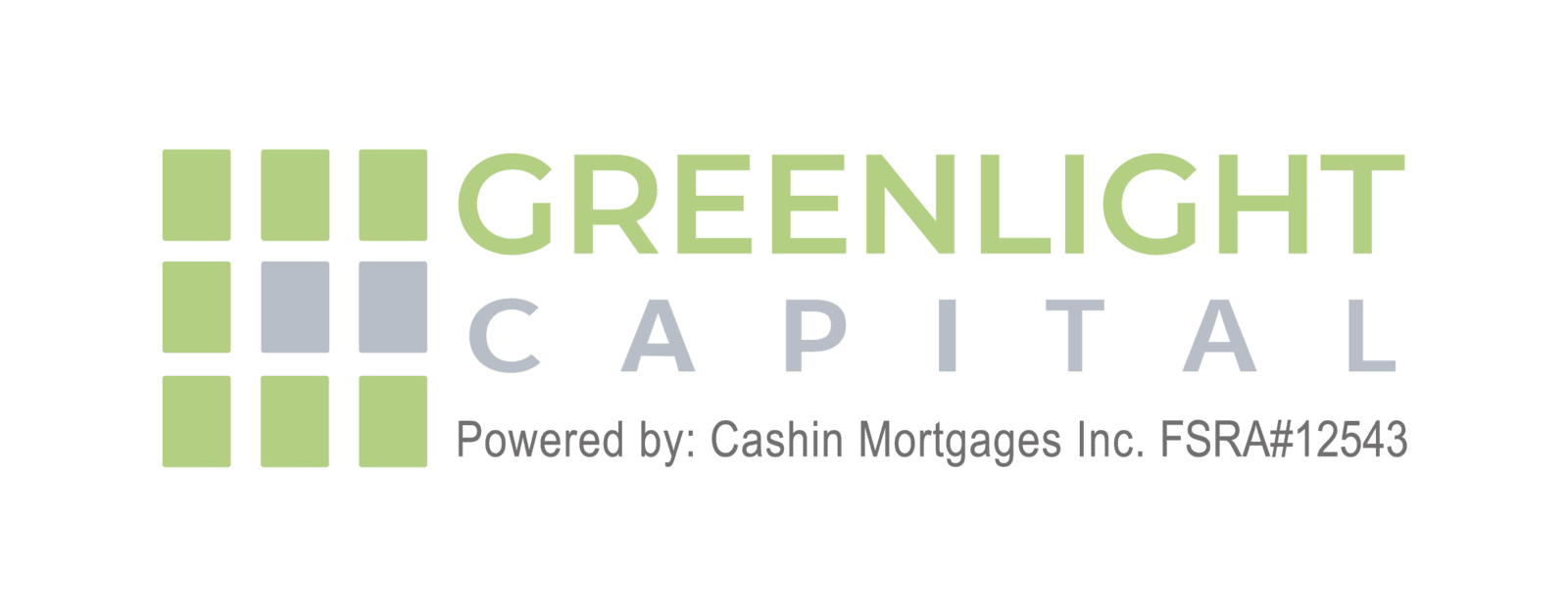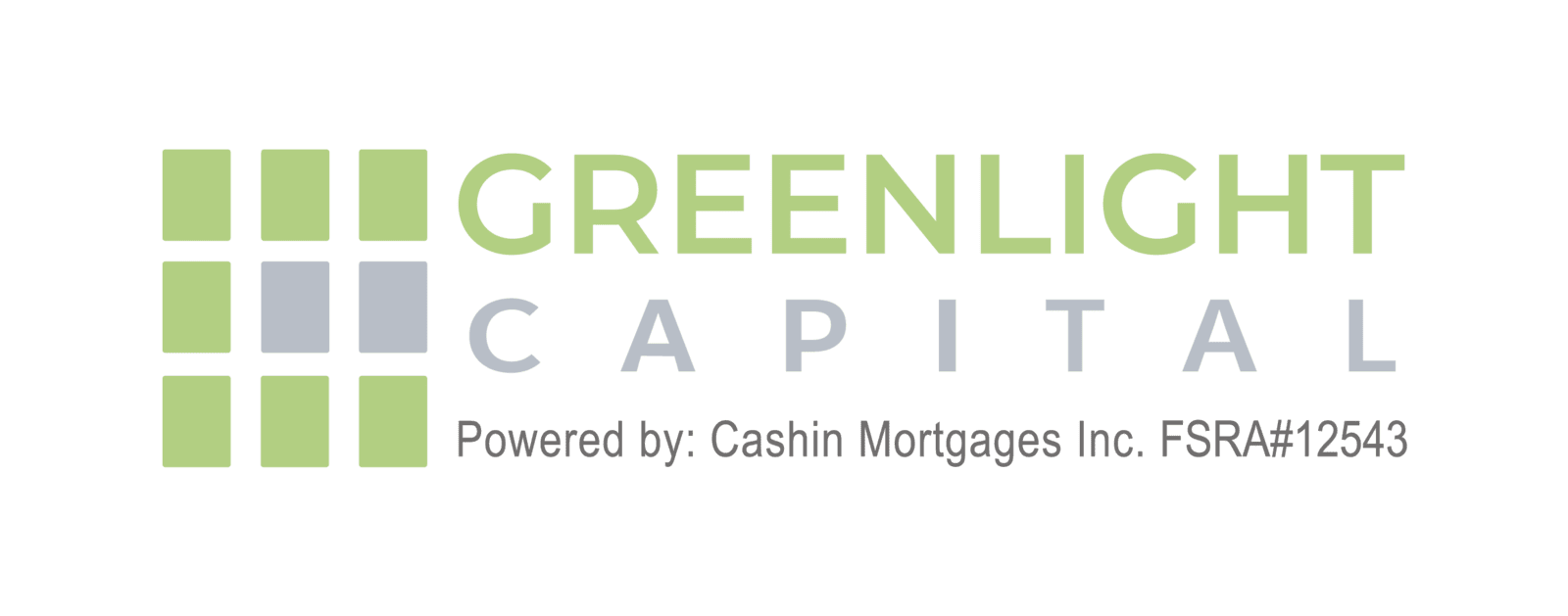
What They Mean for Private Lenders and Investors
October 2025 has brought a nuanced and evolving landscape to the Canadian housing market, characterized by regional disparities, price stabilization, and ongoing affordability challenges. For private lenders and investors, these housing trends offer both caution and opportunity.
Overview of October 2025 Housing Trends in Canada
Canada’s housing market in October 2025 shows signs of a mixed recovery, with notable shifts depending on region and housing segment. Nationally, home sales dipped slightly by 1.7% month-over-month in September 2025 but remained at historically strong levels compared to previous years, signaling steady buyer demand across many markets. The sales-to-new listing ratio has stabilized around 50.7%, pointing to a more balanced market than the heated conditions experienced in prior years.
Housing prices show signs of mild negative growth or stabilization in key regions such as Toronto and Vancouver, while markets like Montreal exhibit resilience with ongoing growth fueled primarily by purpose-built rental developments. Meanwhile, cities in Alberta like Edmonton and Calgary are performing strongly with record-high housing starts projected in 2025. Overall, construction activity and new housing starts remain below 2024 levels in several major markets due to rising costs and supply-chain challenges, suggesting cautious optimism for a gradual rebound into 2027.
Implications for Private Lenders
Private lenders like Greenlight Capital Canada play a crucial role in this evolving landscape by providing financing options to borrowers who do not qualify under traditional institutional mortgage criteria. As affordability tightens and conventional credit requirements become more stringent amidst rising interest rates and regional market corrections, private lending gains significance by offering alternative paths to homeownership and investment financing.
Increased Demand for Flexible Financing
October’s market trends, characterized by price stabilization and a balanced sales-to-listing ratio, mean that buyers face more competition in desirable locations but also increasing barriers through stricter lending policies by major banks. This environment fuels demand for the flexible mortgage products and private lending solutions that Greenlight Capital offers, such as 1st, 2nd, and 3rd mortgages with up to 85% loan-to-value (LTV) in Ontario, and options available without traditional income documentation, accommodating borrowers with tax arrears or discharged bankruptcies.
Opportunity in Residential and Commercial Mortgages
Private lenders have an opportunity to cater to both residential and commercial borrowers. While residential demand moderates in large urban centers, commercial mortgage opportunities persist in sectors like retail, manufacturing, and gas stations, where Greenlight Capital specializes in first and second mortgage lending up to 75% LTV. Given construction delays and cost pressures leading to slower supply growth, investors and developers may increasingly rely on private capital to bridge financing gaps, especially for projects outside traditional financing thresholds.
Strategic Considerations for Investors
Investors looking to capitalize on October’s housing trends must weigh regional variations, evolving buyer preferences, and regulatory shifts while focusing on risk mitigation and portfolio diversification.
Geographic Diversification Is Key
The regional divergence in housing market performance demands a geographic diversification approach. For example, while Toronto and Vancouver show downward pricing pressure and cautious construction activity, Montreal is experiencing a mild recovery driven by rental housing demand. Calgary and Edmonton’s strong construction markets suggest opportunities in Western Canada as well. Investors partnering with private lenders like Greenlight Capital should consider spreading investments across markets with varied momentum to balance risk and returns.
Focus on Rental and Multi-Residential Properties
With affordability remaining an issue for many buyers, rental markets continue to gain strength in October 2025. Purpose-built rental projects in cities like Montreal are seeing continued investor interest, partly fueled by institutional buyer activity reshaping the rental market. Private lenders that support financing rental and multi-residential properties enable investors to catch these rising trends, making such property types an attractive focus for portfolio strategies.
Leverage Private Lending for Passive Income Opportunities
For accredited investors looking to diversify, private lending through firms like Greenlight Capital Canada presents an attractive avenue for passive income generation. By providing capital for first, second, and even third mortgages, investors can earn competitive returns secured against real estate assets, bypassing the volatility of direct property ownership while still gaining exposure to the real estate market. This approach is especially relevant amid the steady but cautious recovery of the housing market in October 2025.
Challenges and Risks for Private Lenders and Investors
While opportunities abound, private lenders and investors must remain vigilant about the risks inherent in the current housing market environment.
Affordability and Regulatory Pressures
Despite some market balance, many Canadian households continue to spend over 30% of income on shelter costs, and government policies aimed at affordability may tighten financing conditions further, especially for smaller investors. Private lenders need to adapt to such regulatory developments, ensuring strong underwriting and risk assessment practices to maintain portfolio quality without sacrificing growth.
Construction Cost Inflation and Supply Constraints
The ongoing rise in construction costs and supply chain disruptions continue to delay new housing projects, limiting inventory growth. While this can support price stabilization, it can also increase project risk for investors financing developments through private mortgages. Careful project evaluation and regional market analysis remain essential for mitigating these risks.
Conclusion
October 2025's housing market trends in Canada present a balanced mix of challenges and opportunities for private lenders and investors. The shift towards market stabilization, regional disparities, and persistent affordability issues underscore the rising importance of flexible private lending solutions such as those offered by Greenlight Capital Canada. For investors, geographic diversification, focus on rental and multi-residential properties, and leveraging private lending as a passive income strategy are key tactics to navigate the evolving landscape successfully. Meanwhile, private lenders must maintain rigorous risk management practices while adapting to regulatory and market pressures to support borrowers and capitalize on growing demand for alternative financing in this complex market.
Private lending stands as a critical pillar in the Canadian housing finance ecosystem in October 2025, providing accessibility and flexibility amid a cautiously recovering market. With strategic insight and partnership with experienced lenders at Greenlight Capital Canada, both lenders and investors can position themselves for sustainable growth and resilience in the months ahead.



